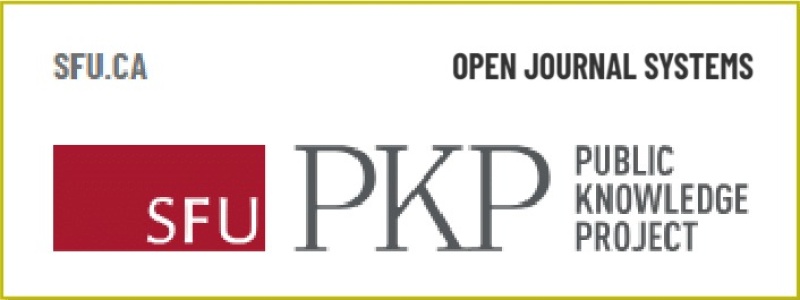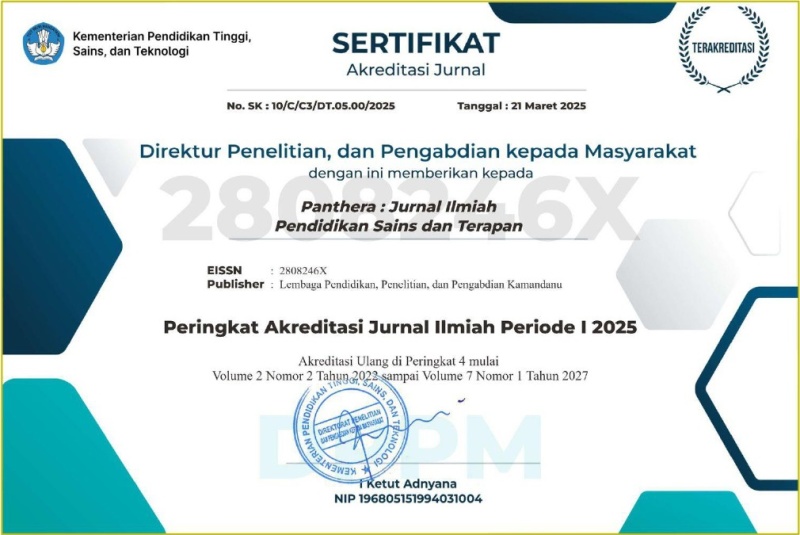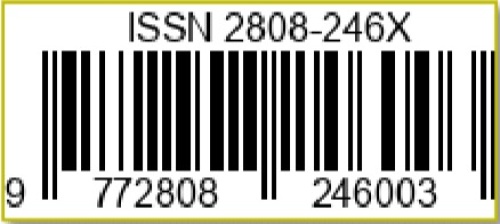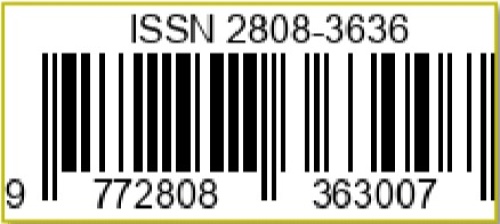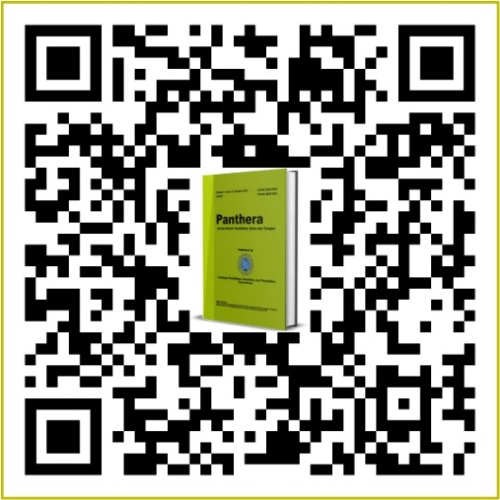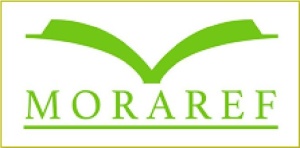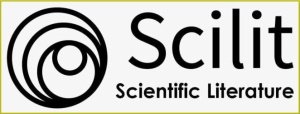Identifikasi Ektoparasit pada Kelelawar di Gua Kenculit Desa Mekar Sari Kabupaten Lombok Tengah
DOI:
https://doi.org/10.36312/panthera.v4i2.264Keywords:
Ectoparasites, Bats, Caves.Abstract
Kenculit cave is one of the caves in the southern region of Lombok Island which is known as a habitat for several types of small mammals, one of which is bats (order Chiroptera). The problem is that bats are one of the mammals that act as hosts for ectoparasites. The aim of the research was to determine the types of ectoparasites in bats in the kenculit cave in Mekar Sari Village, West Praya District, Central Lombok Regency. This type of research is an exploratory descriptive study designed using direct observation. The bat sampling technique uses the trapping method. Meanwhile, ectoparasite samples were taken by combing the bat's hair and then observing using a stereo microscope. Based on the research results, it shows that there are 3 types of ectoparasites from 2 different bat species, namely Taphozous melanopagon with 1 type of ectoparasite (Amblyomma sp.), and the Miniopterus pusillus bat species found with 2 types of ectoparasite (Cyclopodia sp. and Ancystropus sp.).
Downloads
References
Arengga, B., Dahelmi, D., & Salmah, S. (2013). Jenis-jenis Ektoparasit pada Mamalia Kecil yang Ditemukan di Pasar Raya Padang, Sumatera Barat. Jurnal Biologi Universitas Andalas, 2(3), 169-174. https://doi.org/10.25077/jbioua.2.3.%25p.2013
Astria, B. N. R., Apriani, M., Frida, F., Septhayuda, I. E., & Supriadi, S. (2015). Identifikasi Ektoparasit pada Populasi Kelelawar Besar (Megachiroptera) di Gili Lawang Lombok Timur. Jurnal Sangkareang Mataram, 1(1), 43-47.
Basir, A., Dharmawibawa, I. D., & Safnowandi, S. (2017). Keanekaragaman dan Kelimpahan Arthropoda Tanah di Lahan Stroberi (Fragaria sp.) Sembalun Kabupaten Lombok Timur sebagai Dasar Penyusunan Modul Ekologi Hewan. In Prosiding Seminar Nasional Pendidik dan Pengembang Pendidikan Indonesia (pp. 1-8). Mataram, Indonesia: Asosiasi Pendidik dan Pengembang Pendidikan Indonesia.
Budianto, B. H., & Munadjat, A. (2012). Kemampuan Reproduksi Tungau Predator Famili Phytoseiidae pada Berbagai Kepadatan Tetranychus urticae dan Polen Tanaman di Sekitar Tanaman Singkong (Manihot esculenta Crantz). Jurnal Hama dan Penyakit Tumbuhan Tropika, 12(2), 129-137. https://doi.org/10.23960/j.hptt.212129-137
Dinas Pariwisata Provinsi Nusa Tenggara Barat. (2021). Retrieved March 20, 2024, from Fakta Menarik Pulau Lombok Hingga sebagai Wisata Halal Terbaik. Interactwebsite: https://www.disbudpar.ntbprov.go.id/fakta-menarik-pulau-lombok-hingga-sebagai-wisata-halal-terbaik/
Fajri, S. R., & Armiani, S. (2014). Analisis Pakan Kelelawar sebagai Polinator dan Pengendali Populasi Serangga Hama: Studi di Gua Gale-gale Kawasan Karst Gunung Prabu Kuta Lombok Tengah. Jurnal Kependidikan, 14(4), 405-412.
Hardianto, M. A. (2017). Identifikasi Jenis Ektoparasit pada Kelelawar di Gua Raksasa Tanjung Ringgit Kabupaten Lombok Timur. Skripsi. Universitas Mataram.
Kusriningrum, K. (2008). Dasar Perancangan Percobaan dan Rancangan Acak Lengkap. Surabaya: Universitas Airlangga.
Muhsinin, L. M. (2016). Identifikasi Plankton di Pantai Jeranjang sebagai Bioindikator Pencemaran dalam Upaya Penyusunan Modul Ekologi Hewan. Skripsi. Institut Keguruan dan Ilmu Pendidikan Mataram.
Putra, M. I. H. (2014). Hubungan Inang-Ektoparasit pada Kelelawar Pemakan Buah di Kampus Universitas Indonesia. Skripsi. Universitas Indonesia.
Rahmi, M. S. N., Arsyad, M., & Susanto, A. (2022). Analisis Karakteristik Mineral Ornamen Gua Leang Lonrong Kawasan Karst Pangkep Sulawesi Selatan Taman Nasional Bantimurung Bulusaraung. Jurnal Fisika Flux : Jurnal Ilmiah Fisika FMIPA Universitas Lambung Mangkurat, 19(3), 247-255. http://dx.doi.org/10.20527/flux.v19i3.14329
Suparmin, Y. (2015). Deteksi dan Identifikasi Faktor Penyebab Timbulnya Infestasi Caplak Boophilus sp. pada Sapi Bali di Kecamatan Mallusetasi, Kabupaten Barru. Skripsi. Universitas Hasanuddin.
Suyanto, A. (2001). Kelelawar di Indonesia. Malang: Dinas Perpustakaan Umum dan Arsip Daerah Kota Malang.
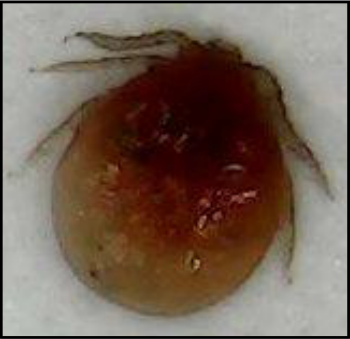
Downloads
Published
How to Cite
Issue
Section
License
Copyright (c) 2024 Bayu Tirta Kencana

This work is licensed under a Creative Commons Attribution-ShareAlike 4.0 International License.
-
Attribution — You must give appropriate credit, provide a link to the license, and indicate if changes were made. You may do so in any reasonable manner, but not in any way that suggests the licensor endorses you or your use.
-
ShareAlike — If you remix, transform, or build upon the material, you must distribute your contributions under the same license as the original.

